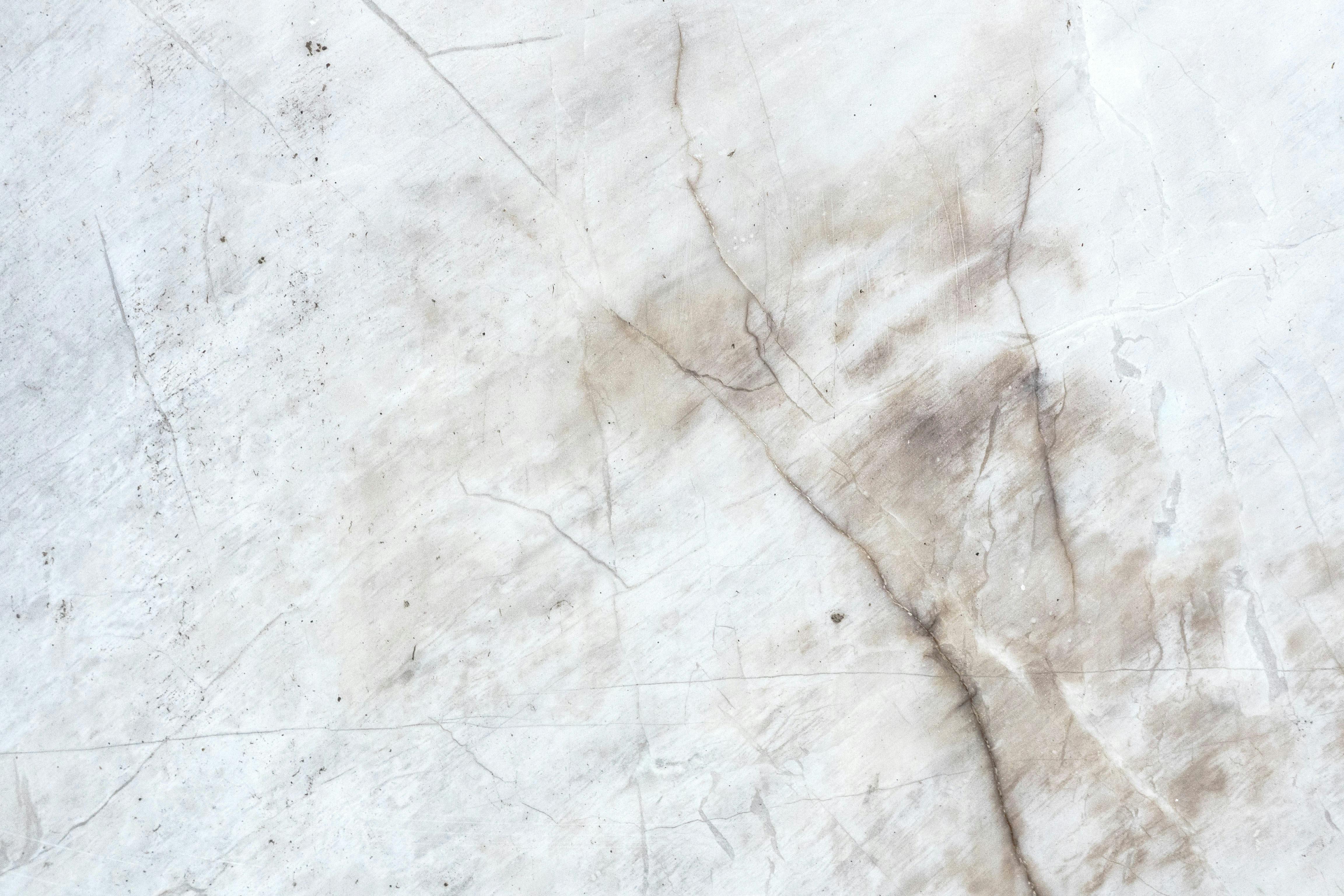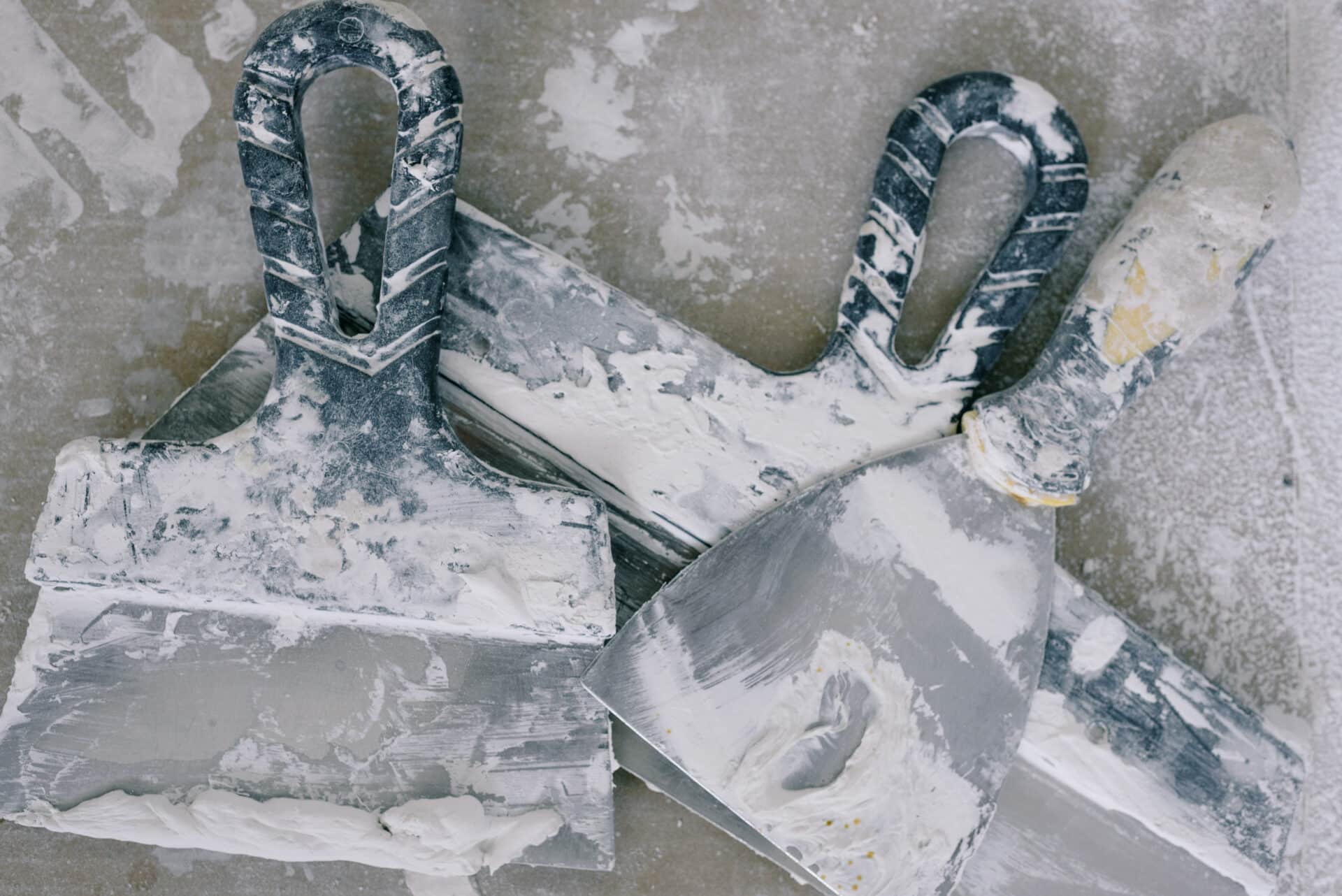White distilled vinegar is a type of vinegar made from grain-based alcohol that has been distilled and then fermented to create a sour liquid. It has a sharp, acidic taste and is commonly used in cooking, cleaning, and other household tasks. White distilled vinegar is an affordable, versatile product that can be used for a variety of purposes. It can be used to make sauces, marinades, pickles, and salad dressings; it can be used as a natural cleaner to remove dirt and grime; it can be added to laundry as a fabric softener; and it can even be used around the garden to deter pests.White Distilled Vinegar is a type of vinegar made from grain-based alcohol that has been distilled to remove impurities. It is a colorless liquid with a sharp, acidic flavor and is commonly used in cooking, cleaning, and pickling.
White Vinegar
White vinegar is the most common type of vinegar used in cooking and cleaning. It is a clear liquid, typically made from grain alcohol that has been fermented. White vinegar has a strong, acidic taste and is often used to pickle vegetables, make salad dressings, or as a general cleaning solution. It can also be used to make sauces and marinades for meats and it can be added to water for a refreshing drink. White vinegar can also be used as an effective natural cleaner for removing dirt and grime from surfaces.
Apple Cider Vinegar
Apple cider vinegar is made from fermented apple juice and has a more mellow flavor than white vinegar. It is commonly used in salad dressings, marinades, sauces, pickling recipes, and many other dishes. Apple cider vinegar also has many health benefits such as aiding digestion, regulating blood sugar levels, helping with weight loss, fighting bacteria, and reducing inflammation. Apple cider vinegar can also be used as a natural cleaner; it helps remove dirt and grime while leaving behind a pleasant scent.
Balsamic Vinegar
Balsamic vinegar is made from grapes that have been cooked down into a syrup before being aged in wooden barrels for several years. This process gives balsamic its dark color and distinctive sweet-tart flavor. Balsamic is commonly used in salad dressings or drizzled over fresh veggies or cheese platters. It can also be added to roasted meats or vegetables for extra flavor or simply enjoyed on its own as an accompaniment to breads or cheeses.
Red Wine Vinegar
Red wine vinegar is made from red wine that has been fermented over time until it turns into an acidic liquid. It has a tart yet fruity flavor that adds depth to salad dressings, marinades, sauces, soups and stews. Red wine vinegar can also be used in pickling recipes or added to roasted vegetables for extra flavor.
Rice Wine Vinegar
Rice wine vinegar is made by fermenting rice wine until it turns into an acidic liquid with a mild sweetness. It has an earthy flavor that enhances Asian-style dishes like stir-fries or soups. Rice wine vinegar can also be used in marinades for meats or fish or added to salads for extra flavor.
Uses of White Distilled Vinegar in Cooking
White distilled vinegar is a kitchen staple with many uses in the culinary world. It is a versatile ingredient that can be used for both cooking and baking, as well as for cleaning, preserving, and pickling. Vinegar is made by fermenting distilled alcohol and has a distinctive sour taste that adds flavor to many dishes. It can be used in marinades, sauces, soups, stews, dressings, salads, pickles, and much more.
White distilled vinegar can also be used to add acidity to dishes such as soups or stews. This helps balance out the flavors in the dish and makes it more palatable. A few splashes of vinegar can also help tenderize meat or fish before cooking; this is especially useful when preparing tougher cuts of meat such as beef or pork.
Vinegar is also great for pickling vegetables. Pickling produces a unique flavor that can enhance the taste of any dish. In addition to adding flavor to foods, vinegar helps preserve them by creating an environment where bacteria cannot survive. This makes it a great ingredient for preserving fruits and vegetables for later use.
Vinegar can also be used to deglaze pans after cooking meats or vegetables; this will help release all of the flavorful bits stuck to the bottom of the pan that would otherwise be lost when cleaning up after a meal. This process will also add depth and complexity to sauces and other cooked dishes. White distilled vinegar can even be used in baking recipes such as cakes or muffins; it adds lightness and fluffiness to baked goods while still providing some sourness due to its acidic nature.
Overall, white distilled vinegar is an incredibly useful ingredient in the kitchen and has many different uses beyond just adding flavor to dishes. Whether you are looking for something acidic to balance out flavors or something sour for baking recipes, white distilled vinegar should always be on hand!
Uses of White Distilled Vinegar for Cleaning
White distilled vinegar is a powerful cleaning agent that can be used to clean numerous areas of your home. It is inexpensive, non-toxic and safe to use around children and pets. It is also a natural disinfectant, killing germs and bacteria around the home. Here are some of the top uses of white distilled vinegar for cleaning:
Kitchen Surfaces
White distilled vinegar is an effective cleaner for kitchen surfaces such as countertops and stovetops. To use, simply mix 1/4 cup white distilled vinegar with 2 cups warm water in a spray bottle. Spray the mixture onto any surface you want to clean, let it sit for a few minutes, then wipe away with a cloth or sponge.
Floors
White distilled vinegar can also be used to clean hardwood floors or tile floors. Mix 1/4 cup white distilled vinegar with 1 gallon warm water in a bucket or mop bucket. Mop your floor as you would normally do with this mixture, then rinse with fresh water. This will leave your floors clean and shiny without leaving behind any residue or streaks.
Bathroom Surfaces
White distilled vinegar can also be used to clean bathroom surfaces such as sinks, toilets and tubs. To do so, mix 1/4 cup white distilled vinegar with 2 cups warm water in a spray bottle. Spray directly onto the surface you want to clean, let it sit for a few minutes then rinse off with fresh water.
Windows & Mirrors
White distilled vinegar can be used to effectively clean windows and mirrors without leaving behind streaks or spots. To do so, mix 1/4 cup white distilled vinegar with 2 cups warm water in a spray bottle. Spray directly onto the window or mirror you want to clean, wipe away with a cloth then buff dry using newspaper for an even shinier finish.
Uses of White Distilled Vinegar for Health
White Distilled Vinegar is a great source of acetic acid, which is known for its various health benefits. It can help to reduce inflammation, improve digestion, and lower blood sugar levels. It also has antimicrobial properties, which can help to fight off harmful bacteria and fungi. White Distilled Vinegar can be consumed in small amounts to reap its health benefits. It can be added to salads, marinades, and sauces for a tangy flavor. Additionally, it can be diluted with water and used as a gargle or mouthwash to treat bad breath and toothache.
Uses of White Distilled Vinegar for Beauty
White Distilled Vinegar is an excellent natural beauty product due to its antibacterial properties. It can be used as an astringent or toner to help clear up acne or skin blemishes. Additionally, it can be used as a hair rinse to help remove product build-up and restore shine. White Distilled Vinegar is also great for softening the cuticles and nails, making them easier to shape and buff. Finally, it is an affordable alternative to store-bought foot soaks and scrubs because it helps soften rough skin on the feet.

Household Cleaning
White distilled vinegar is a versatile cleaning product, and can be used to clean many surfaces in the home. It can be used to remove soap scum from baths and showers, and is an effective cleaning agent for kitchen and bathroom surfaces. To make a cleaning solution, mix one part white distilled vinegar with four parts water. The solution can be poured into a spray bottle for easy application. For tougher jobs, increase the amount of vinegar in the solution. White distilled vinegar is also a great way to deodorize carpets or rugs, simply sprinkle with undiluted white distilled vinegar, then vacuum up once it has dried.
Laundry
White distilled vinegar can help to remove stubborn stains from clothing and fabric. To remove stains from clothes, pre-soak them in a mixture of one part white distilled vinegar and four parts water before washing as normal. Vinegar can also be used as fabric softener when added to the final rinse cycle during washing; just add half a cup of white distilled vinegar per load of laundry for soft, fresh smelling clothes.
Kitchen
White distilled vinegar has many uses in the kitchen as well. It can be used to descale kettles and coffee makers; just fill up with equal parts water and white distilled vinegar, then boil before discarding and rinsing with fresh water several times until all traces of the vinegar are gone. White distilled vinegar is also great for removing food remnants stuck to pots or pans; simply fill the pan with equal parts water and white distilled vinegar then bring it to the boil before discarding the liquid when finished.
Gardening
White Distilled Vinegar can also be used in the garden for weed control; simply pour undiluted white distilled vineger onto any unwanted weeds on a dry day for best results. It can also be used as an insect repellent as most insects do not like its strong smell; mix one part white distilled vineger with four parts water into a spray bottle for easy application onto plants or around windowsills or doorways where insects may enter your home.
Common Substitutions for White Distilled Vinegar
White distilled vinegar is a common ingredient in many recipes, due to its acidic flavor that can help to balance out a dish. However, if you don’t have white distilled vinegar on hand, there are some great substitutions that can be used instead.
One option is to use other types of vinegar, such as apple cider vinegar, red wine vinegar, or balsamic vinegar. These substitutes will give the dish a slightly different flavor than white distilled vinegar would, but they can still be used to provide the desired acidic flavor.
Another option is to use lemon or lime juice as a substitute for white distilled vinegar. You’ll need to use more of these juices than you would white distilled vinegar in order to achieve the same level of acidity, but they can still make a great substitute.
If you don’t want an acidic flavor in your dish at all, you could also try substituting with wine or beer. These liquids won’t provide the same level of acidity as white distilled vinegar would, but they can give your dish a nice depth of flavor.
Finally, if you don’t have any of these substitutes on hand and need an acidic flavor quickly, you can always reach for cream of tartar. This ingredient won’t give your dish quite the same flavor as white distilled vinegar would, but it will provide some acidity and help balance out your dish.
Safety Considerations with White Distilled Vinegar
White distilled vinegar is a common household item with many different uses. It can be used for cleaning, food preparation, and even medicinal purposes. However, it is important to take certain safety precautions when using white distilled vinegar to ensure its safe and effective use.
First, it is important to understand that white distilled vinegar should not be ingested in large amounts due to its acidity. It can cause digestive problems if too much is consumed at one time. It is also important to keep white distilled vinegar away from children and pets as it can cause skin irritation if spilled on the skin or ingested in large amounts.
It is also important to always wear protective gloves when using white distilled vinegar as it can cause skin irritation and burns if not handled properly. Additionally, it should never be mixed with any other cleaning or chemical products as this could cause dangerous chemical reactions which may produce toxic fumes or other hazardous materials.
Finally, it is important to store white distilled vinegar in a cool and dry place away from direct sunlight as exposure to heat or direct sunlight may reduce its effectiveness and lead to spoilage of the product.
In conclusion, when using white distilled vinegar for cleaning, food preparation, or medicinal purposes it is important to take certain safety precautions such as keeping it away from children and pets, wearing protective gloves while handling the product, not mixing with other cleaning products or chemicals, and storing in a cool dry place away from direct sunlight. By taking these safety precautions one can ensure the safe and effective use of white distilled vinegar.

Conclusion
White distilled vinegar is a versatile and useful ingredient that can be used for a variety of purposes. It can be used to make sauces and pickles, to clean surfaces and fabrics, and to make cleaning solutions. Its acidity makes it great for removing hard water stains from glass and porcelain, as well as soap scum from showers and tubs. Additionally, it is used in pickling vegetables and making salad dressings. It is also used for many of its health benefits, such as aiding in digestion, managing diabetes, and reducing high blood pressure. White distilled vinegar can even be used in the garden as an organic weed killer or fertilizer.
In summary, white distilled vinegar is an essential household item that can be used for a wide range of purposes. From cooking to cleaning to health benefits, white distilled vinegar has many uses that make it an indispensable ingredient in the kitchen.

